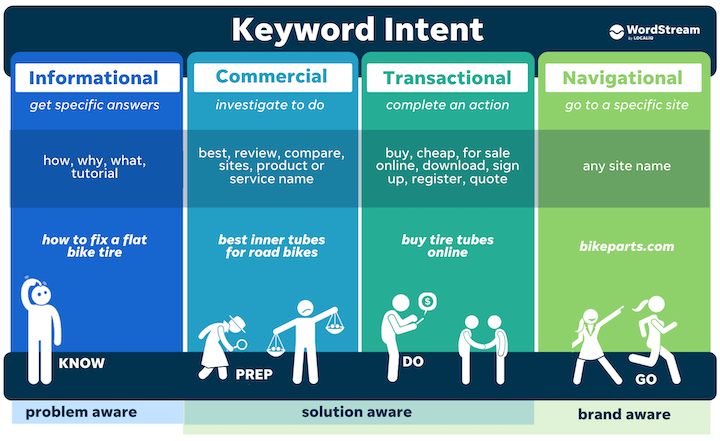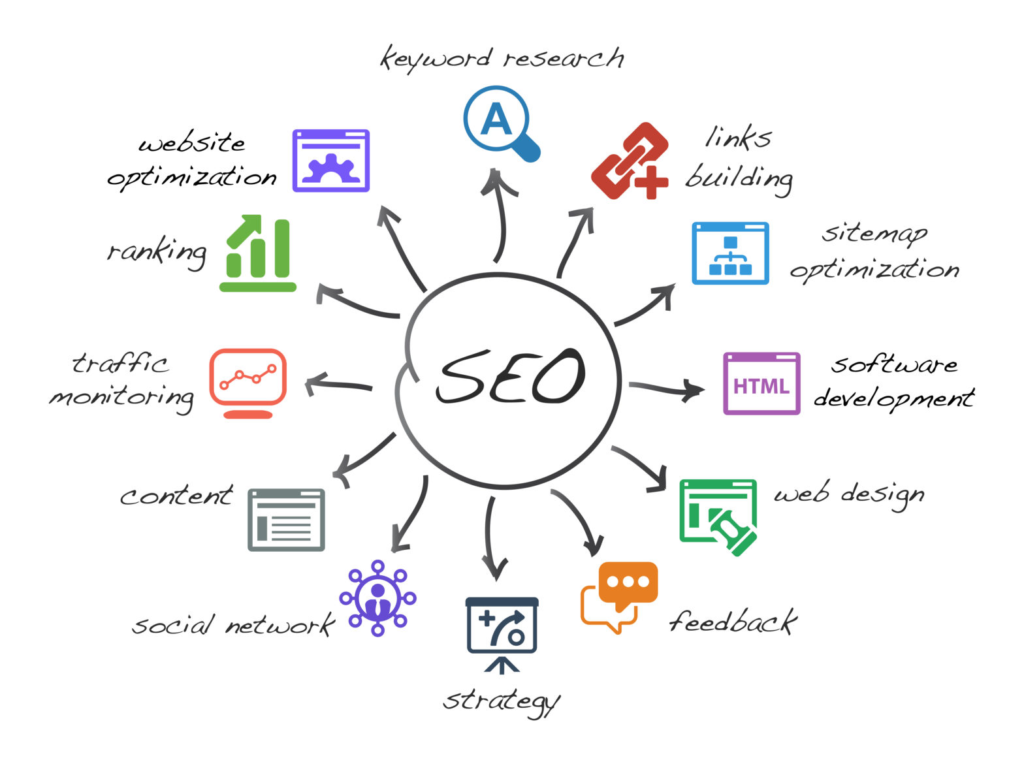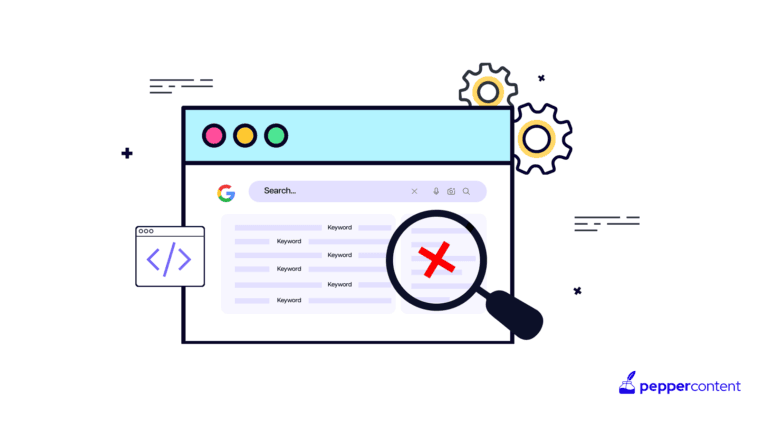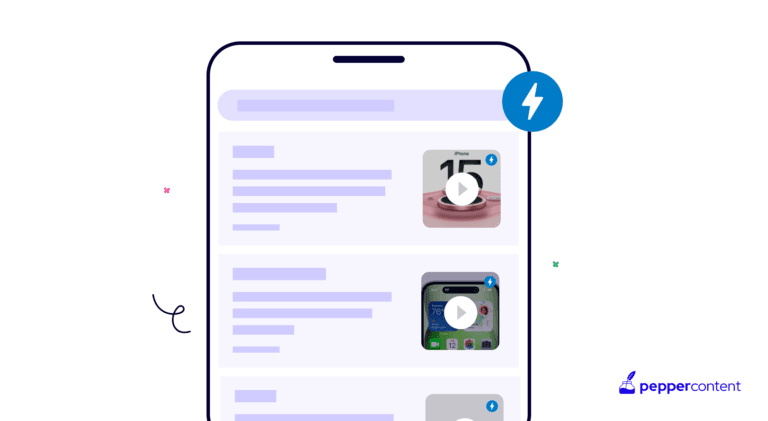SEO Basics Explained: Beginners Guide to Search Engine Optimization

In today’s digital age, having a strong online presence is essential for businesses and individuals alike. With millions of websites competing for attention, how can you ensure that your website stands out and reaches its target audience? This is where Search Engine Optimization (SEO) comes into play. SEO is the practice of optimizing your website to improve its visibility in search engine results and attract organic traffic. It involves understanding search engine algorithms, optimizing various on-page and off-page elements, and providing valuable content to users.
For beginners, even SEO basics can be a complex and intimidating subject. The ever-evolving nature of search engines and the multitude of ranking factors can make it seem like a daunting task. However, with a solid understanding of the SEO basics, you can lay a strong foundation for your SEO journey.

In this comprehensive basic SEO guide, we will walk you through the fundamental principles of SEO, breaking them down into digestible steps. Whether you are a business owner looking to improve your website’s rankings or an individual interested in learning about SEO, this SEO guide will provide you with the necessary knowledge to get started.
Search Engine Optimization Basics
1. Keywords and Keyphrase Research

- Importance of keyword research for SEO: When it comes to SEO basics, keyword research is very important. It helps you understand the search terms and phrases your target audience uses to find information online.
- How to conduct effective keyword research: Utilize keyword research tools, analyze search volume and competition, and select relevant keywords for your content.
- Incorporating keywords into your website: Strategically use keywords in page titles, headings, content, meta tags, and URLs.
2. On-Page Optimization
Basic SEO for websites also includes on-page optimization. Here are some important points to keep in mind for SEO basics on-page optimization.
- Optimizing meta tags: Craft compelling and keyword-rich meta titles and descriptions to improve click-through rates in search results.
- Content structuring with headings: Use heading tags (H1, H2, etc.) to organize your content and make it easier for search engines to understand.
- URL optimization: Create SEO-friendly URLs that include relevant keywords and are concise and descriptive.
- Image optimization: Optimize image alt tags, filenames, and compression for improved search engine visibility.
3. Off-Page Optimization
- Building high-quality backlinks: Earn links from reputable websites to establish authority and improve search rankings.
- Guest blogging and content promotion: Contribute valuable content to other websites in your niche to gain exposure and build backlinks.
- Social media signals and shares: Encourage social media sharing of your content to increase visibility and generate engagement.
SEO Fundamentals

1. Quality Content
- Creating valuable and unique content: Focus on producing high-quality content that addresses your target audience’s needs and provides valuable information.
- Understanding user intent: Research the search intent behind keywords to align your content with what users are searching for.
- Natural keyword incorporation: Incorporate keywords naturally within your content without overstuffing them.
- Engaging and shareable content: Produce content that is visually appealing, informative, and easily shareable on social media platforms.
2. User Experience (UX)
- Website design and navigation: Create a user-friendly and visually appealing website layout with intuitive navigation menus.
- Mobile optimization: Ensure your website is responsive and provides a seamless browsing experience across different devices.
- Page load speed and performance: Optimize your website’s speed and performance by minimizing code, optimizing images, and leveraging caching techniques.
3. Technical SEO
- Site structure and URL optimization: Organize your website’s structure in a logical hierarchy and optimize URLs for search engines.
- XML sitemaps and robots.txt: Create XML sitemaps to assist search engine crawlers and use a robots.txt file to control their access to your site.
- Canonicalization and duplicate content: Implement canonical tags to prevent duplicate content issues and ensure proper indexing.
- Fixing broken links and 404 errors: Regularly check for broken links and fix them to improve user experience and maintain search engine credibility.
Setting Up for SEO Success
1. Website Structure
- Organizing content with a logical hierarchy: Categorize your content into relevant sections and create a hierarchical structure to improve navigation and user experience.
- Creating user-friendly navigation menus: Implement clear and intuitive menus that allow visitors to easily navigate through your website.
- Internal linking strategies: Link related pages within your website to establish connections and assist search engine crawlers in discovering and indexing your content.
2. Mobile Optimization
- Responsive design: Ensure your website adapts to different screen sizes and provides a seamless browsing experience on mobile devices.
- Mobile-friendly layouts and fonts: Use layouts and fonts that are legible and accessible on smaller screens.
- Optimizing images for mobile: Compress images for faster loading and ensure they scale appropriately on mobile devices.
3. Site Speed
- Optimizing page load speed: Minify CSS and JavaScript files, compress images, enable browser caching, and choose a reliable hosting provider.
- Leveraging content delivery networks (CDNs): Utilize CDNs to deliver website content from servers closer to your target audience for faster loading times.
Getting On Google
1. Submitting to Search Engines
- Creating a sitemap.xml file: Generate a sitemap that lists all the pages on your website and submit it to search engines for better indexing.
- Importance of search engine crawlers: Understand how search engine crawlers discover and index websites, and ensure your site is accessible to them.
2. Google My Business
- Claiming and optimizing your listing: Claim your Google My Business listing and provide accurate information about your business, including address, phone number, and business hours.
- Encouraging customer reviews: Encourage satisfied customers to leave reviews on your Google My Business listing to improve visibility and reputation.
3. Local SEO
- Optimizing for local search results: Incorporate location-specific keywords into your content and meta tags to target local search queries.
- Creating location-specific landing pages: Develop dedicated landing pages for different locations you serve to enhance local relevance.
- Listing on local directories: Get listed on prominent local directories and review sites to improve local search visibility and credibility.
How to Track SEO Success
1. Google Analytics
- Installing Google Analytics: Set up Google Analytics to track website traffic, user behavior, and conversion rates.
- Setting up goals: Define goals in Google Analytics to track specific actions, such as form submissions or product purchases.
- Analyzing key metrics: Monitor organic traffic, bounce rate, average session duration, and goal completion to evaluate the impact of your SEO efforts.
2. Search Console
- Setting up Google Search Console: Verify your website in Google Search Console to monitor its performance in search results.
- Analyzing search performance: Review search queries, impressions, clicks, and average position to gain insights into your website’s visibility.
- Monitoring index coverage: Ensure your web pages are indexed correctly and identify potential indexing issues or errors.
3. SEO Tools and Reporting
- Utilizing SEO tools: Use tools like SEMrush, Moz, or Ahrefs to track keyword rankings, analyze backlink profiles, and perform competitor research.
- Generating SEO reports: Create regular SEO reports to monitor progress, identify areas for improvement, and showcase the impact of your SEO efforts.
Mastering search engine optimization basics is a critical step in improving your website’s visibility and attracting organic traffic. By understanding keywords, on-page, and off-page optimization, providing quality content, focusing on user experience, and leveraging technical SEO, you can set yourself up for success in the digital landscape. Continuously monitor and adapt your SEO strategies to stay ahead of the competition and achieve long-term success.
FAQs
SEO results can vary depending on various factors such as competition, website age, content quality, and the effectiveness of your SEO strategies. It generally takes several months to start seeing noticeable improvements in search rankings and organic traffic.
It is possible to do SEO on your own, especially if you have the time, dedication, and willingness to learn. However, hiring an experienced SEO expert or agency can provide valuable expertise, save time, and ensure more effective results.
While ranking higher on Google is a primary goal of SEO, it is not the sole focus. SEO aims to improve website visibility, increase organic traffic, enhance user experience, and ultimately drive conversions and business growth.
Yes, backlinks are still important for SEO. High-quality backlinks from reputable websites signal trust and authority to search engines, contributing to improved search rankings and organic visibility.
Regularly updating your website’s content is beneficial for both users and search engines. Aim to provide fresh and relevant content by updating and adding new information regularly. However, the frequency of updates may vary depending on your industry, content type, and audience engagement.
Latest Blogs
Explore how Google’s 2025 AI search updates triggered ranking chaos. Learn actionable strategies to adapt your SEO for AI Overviews, zero-click searches, and SERP volatility. Stay ahead now.
Learn how to rank on AI search engines like ChatGPT, Perplexity, and Gemini by optimizing your content for authority, structure, and relevance. Stay ahead in AI-driven search with this strategic guide.
Explore the best healthcare SEO services for your medical practice. Improve online visibility and effectively reach more patients in need of your services.
Get your hands on the latest news!
Similar Posts

Organic Marketing
8 mins read
Oops, I Think I SEO’d Too Much! What is Search Over-Optimization and How to Fix It

Organic Marketing
9 mins read
What is AMP? A Beginner’s Guide to AMP Pages & SEO

Organic Marketing
11 mins read